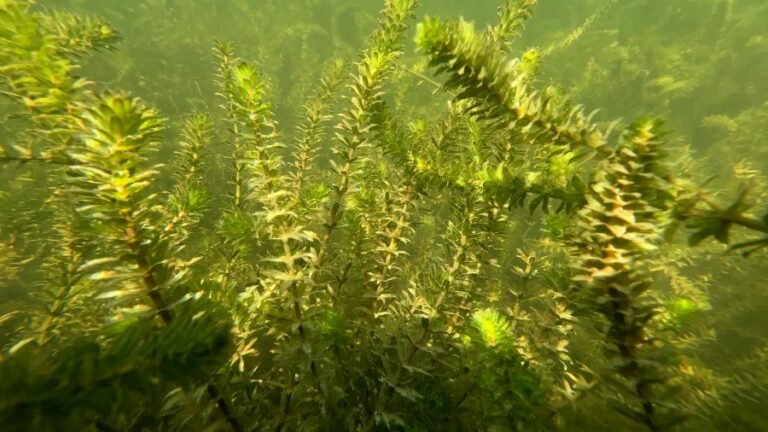
AUSTIN (KXAN) 一 In a transfer to slaughter a wave of intrusive plants, the city of Austin will certainly launch sterilized yard carp in Lake Austin later on this loss.
Currently around 30% of the lake is covered with hydrilla, which is foreign to Lake Austin; the general plants degree for the lake is just intended to be 40% on the premium. The lake currently sees 5% even more protection than was reported in June, according to a Friday press release.
Hydrilla, a water plant belonging to Asia, initially showed up in Lake Austin in 1999. What makes the plant so worrying is that it can expand at a price of over one inch daily, can trigger flooding, choke rivers, make navigating challenging for swimmers and watercrafts.
” Turf carp favor to consume hydrilla and are one of the most eco accountable device readily available to handle the plant,” the launch states.
This follows the city launched 350 of the very same sterilized yard carp right into the lake back in July.
The city stated launching 5 yard carp per acre of hydrilla ought to decrease the plant’s spread in the lake while restricting the carp’s effect on the water’s normally expanding plant-life. Hydrilla presently inhabits 456 acres; at its height in 2012-2013 it enveloped virtually a 3rd of the lake 一 that mores than 500 acres.
Regardless of the city’s initiatives, the battle to suppress hydrilla has actually been met objection in the past. One Austin angler informed KXAN in July the added yard aids with company; smaller sized fish usage hydrilla as a resource of both food and environments.
” Angling a lake with yard is definitely much more efficient and much more satisfying,” Carson Conklin with ATX Angling informed KXAN in July.
The city stated various other approaches to place hydrilla in check can confirm destructive to varieties belonging to the lake.
Some neighborhood participants have actually recommended draining pipes component of the lake to combat hydrilla, as the very same technique was made use of to combat Eurasian watermilfoil, an additional intrusive plant varieties located in Lake Austin.
But this option can have unfavorable impacts on the lake; the city stated information recommends the relocation would just trigger hydrilla to expand faster by removing various other much less bothersome plant varieties.
” Our objective is to reduce the development of hydrilla and decrease its thickness without having an adverse effect on the lake’s atmosphere,” the city stated in the launch. “The lake is an essential source for our entire neighborhood, and we are attempting to stabilize everybody’s usage and pleasure of the lake.”
Residents and site visitors ought to do the complying with to aid stop the spread of hydrilla, as given by the city:
- Clean and completely dry watercrafts and equipment prior to and after use
- Avoid swimming and boating via thick markets of plant
- Refrain from throwing plants right into the lake; they might be fined approximately $2,000 per plant



